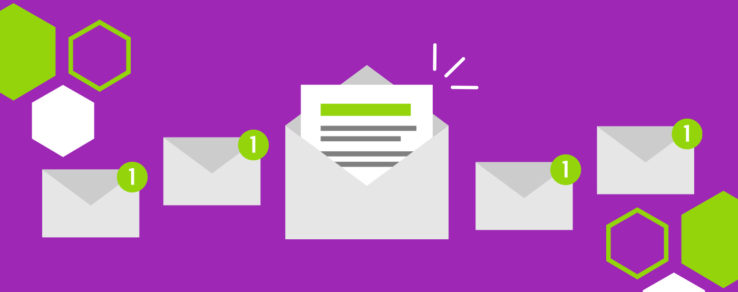Subject lines are the make-it-or-break-it text for emails. An effective email subject line will catch the attention of the recipient and inspire them to open the message to learn more. The goal is to drive opens and engagement with your emails. A well-executed subject line can make your utility’s email stand out in the noise of customers’ inboxes.
To ensure successful email campaigns and boost engagement rates, it’s important to follow email subject line best practices, including:
- Make it personalized
- Keep it short
- Don’t bury the lead
- Use action language
- Include numbers
- Don’t use clickbait
- Think through emojis
- Make it readable
- Avoid shouting
- Test, test, test
BONUS TIP: Don’t forget the preview text.
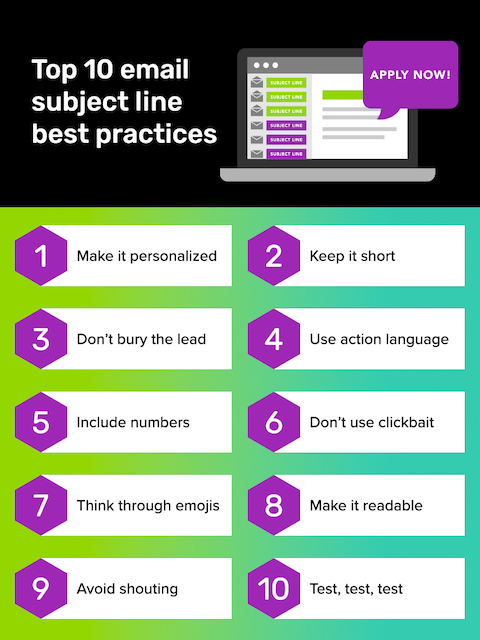
Sample Subject Lines for Energy Utilities
Typically, program promotions can be the most difficult emails to get customers engaged with. After all, people don’t typically enjoy being sold to. Your subject lines for promotion emails need to work hard to showcase the benefits of utility programs, inspire action and catch customers’ attention.
With this in mind, we evaluated the top email sends in 2022 that were deployed to over 20,000 customers for our energy utility clients and have compiled the best sample subject lines for your reference and inspiration.
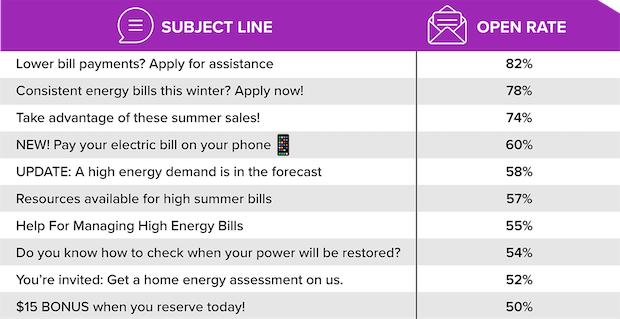
Make it personalized
Research shows that 74% of customers are frustrated when content is not relevant to their interests. This means personalization is no longer a nice-to-have in digital marketing — it’s essential to increasing engagement with customers.
There are two main ways you can personalize an email subject line:
- Make the subject line text personal to what you know about the customer: Consider who the email is being sent to and why. Are you trying to increase awareness of an EV rebate to customers who have shown interest in purchasing one? Then make the subject line stand out for those customers.
- Humanize who the email is coming from: Instead of just using your utility name as the sender, state who it’s actually coming from. Questline Digital’s monthly newsletters are delivered from our Marketing Director and customers know that immediately with the subject line “From: Bethany @ Questline Digital.”
By following this email subject line best practice and adding more of a human touch to your utility’s subject lines, customers will see the communications as personal rather than promotional.
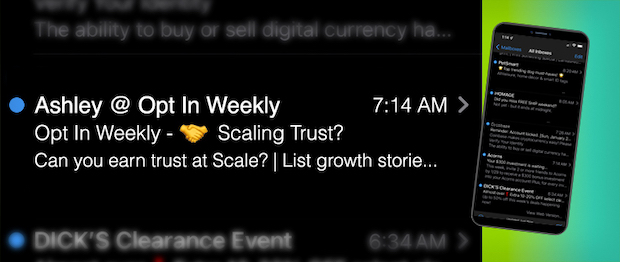
Keep it short
One of the most common questions we hear at Questline Digital is, “How long should an email subject line be?”
The answer?
Email subject lines should be quick, clear and specific. Data shows that the best length is 40 characters or fewer. Longer subject lines are often truncated because of mobile displays and screen settings. Your intended message could be unintelligible if you make it too long.
With nearly 1.7 billion people using their mobile devices to read and share emails and 42% of users deleting emails that aren’t optimized for mobile, it’s essential that your subject lines are prepared for mobile viewing.
A Marketo study surveying around 200 email samples found that subject lines with four words received the highest open rate at 18.3%, followed by five words with an open rate of 17.1%. However, seven-word subject lines received the highest click-to-open rate, with 10.8%. Depending on your utility’s goal, it’s best to stick between four and seven words.
Don’t bury the lead
Put important words and information at the beginning of the subject line to catch a customer’s attention immediately. Let recipients understand what they are getting before they even open the email with this email subject line best practice. If your utility is offering a rebate or promotion, make that known upfront. Or, if your utility is announcing a new product or offer, convey the feeling of “insider updates” to customers via the subject line.
Answer the question: How would opening the email benefit them? Customers respond well to specific references to their situation; email subject lines with the words “you,” “your” and “about your” tend to perform well.
Use action language
Customers are more likely to open emails when they see actionable, eye-catching words in the subject line. Some powerful action words to use include:
- Improve
- Increase
- Update
- Join
- Congratulations
- Last Chance
- Offer
- Rebate
When deciding what action words to use, consider your goal for the email:
- Are you trying to pique customers’ curiosity?
- Are you appealing to their sense of self?
- Are you trying to build trust?
No matter your utility’s goal, an email subject line best practice is to include action words in your subject line that makes sense with your goal. For example, if you are trying to increase paperless billing enrollments, try using “Enroll Today!”
Include numbers
Numbers naturally catch people’s attention. Humans like to organize information into logical, numbers-backed scenarios. So, including numbers in your utility’s subject lines only makes sense. Numbers can succinctly tell a story that words alone can’t. Plus, numbers differentiate themselves among words — making the email subject line stand out more.
Yesware completed a survey that analyzed 115 million email subject lines and found that those that include numbers outperform those without. Subject lines that include a number were found to achieve:
- 53.2% open rate, compared to the average 51.9%
- 32.0% reply rate, compared to the average 29.8%
When considering what numbers to add to subject lines, try including a promo code or dollar amount to catch attention. Subject lines such as “Save $XX when you use promo code XXXXX” are shown to improve open rates as well as CTOR.
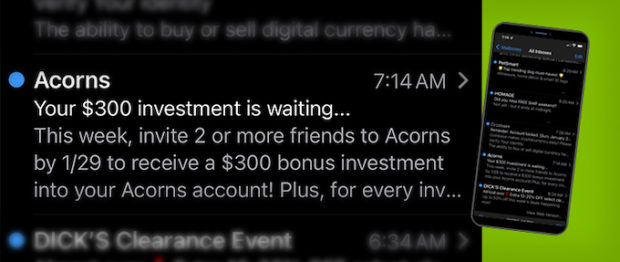
Don’t use clickbait
Heed this email subject line best practice: Do not try to amplify your subject line with words that could be considered clickbait.
Your utility’s subject line should match the content of your email. Don’t try to trick recipients and boost open rates with an over-the-top subject line only to disappoint them when they see the email message.
Your subject line should always be clear and concise, informing customers exactly what they can expect when they open your email. Although your utility may be trying to cut through the clutter of customers’ inboxes, using clickbait is a surefire way to be flagged for spam or lose subscribers.
Instead, use tactics like including numbers, testing emojis and using action words to drive opens and clicks with your subject lines.
Think through emojis
There are strong arguments to be made both for and against using emojis in email subject lines. Some research has found that 56% of brands that included emojis in their subject lines saw an increase in unique open rates.
Other data has indicated that emails without emojis were considered to have more value. This same research, though, discovered after testing 3.9 million email subject lines with and without emojis that:
- Subject lines without an emoji had higher open rates
- Subject lines with an emoji had higher click-through rates
Even after testing, the data was still mixed.
So, what should your utility do? Test them to determine whether emojis resonate with your customers, and which messages lend themselves to subject lines with emojis.
When considering using emojis, remember:
- Use no more than one emoji at a time.
- Use emojis to complement words, not replace them.
- Test among different systems. Google and Apple, for example, use different versions of emojis, so it’s important to test which ones you want to use across different systems that will receive them.
You can also test placing emojis at the beginning or end of your subject line. Just don’t assume that emojis will automatically elicit opens or clicks. Test and review the metrics to discover what your utility’s customers prefer.
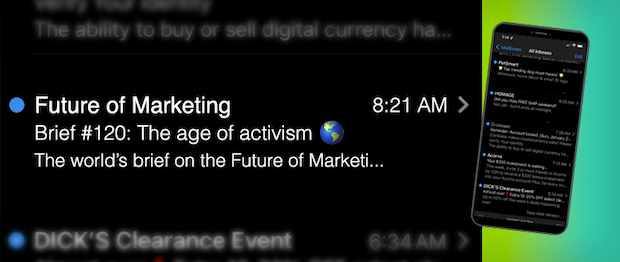
Make it readable
Using unique text characters or different fonts may seem like it would help your utility’s message stand out. But using special Unicode characters makes subject lines unintelligible to users who rely on screen readers. This means your email is not accessible to all audiences.
Plus, different fonts within subject lines tend to appear as spam to viewers, meaning your utility’s emails likely wouldn’t reach customer inboxes.
Making your utility’s email subject lines readable and accessible to all customers and systems is vital to having your message read.
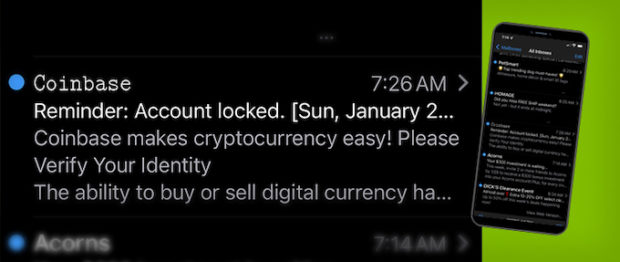
Avoid shouting
We all know the feeling of seeing an all-caps message in our inbox, and immediately wondering why you’re being yelled at. Although some brands try this tactic to gain attention, most often it is seen as obnoxious and dissuades customers from wanting to open an email. Plus, this is another way emails can be flagged as spam.
As an email subject line best practice, simply avoid shouting at your customers. Instead, get your message across in a less-aggressive manner, such as using the action words mentioned above.
Additionally, your utility can test the use of capitalization (such as sentence case or title case) to see what resonates with customers. Typically, these tend to fare better in customers’ eyes than all-caps subject lines.
Test, test, test
Email subject line best practices include A/B testing. This is when you send two versions of a subject line to a portion of your audience, measure the open rate or click-through rate, then deliver the “winning” subject line to the remaining mailing list.
Through the consistent use of A/B testing over time, an energy utility can narrow down very specific best practices for their customer segments. Some tips to keep in mind:
- Is my A/B testing sample size big enough? Typically, 500 to 1,000 recipients is an effective sample size and will deliver statistically meaningful results.
- How long should the A/B test run? More than 50% of opens and clicks happen within the first six hours after email delivery. However, to eliminate seasonal and day-of-week variables, it’s best to test for one full week before determining a winner.
- Is there a clear winner in A/B testing? Depending on the sample size, a good rule of thumb is to look for a 25% to 35% performance variance in order to declare a clear winner.
You can also leverage free online tools to test your subject lines. These tools analyze and offer suggestions for improvement:
Don’t forget the preview text
While not technically a subject line, your preview text (also known as preheader text) is equally important and can help your utility grab attention and boost opens. Preview text is the sentence or phrase that appears in the list view of email clients before the message is opened.
Use preview text to convey additional information that expands on the subject line, without repeating the same information that’s in the subject line. For example, add an explanation or highlight a detail from the subject line that the preview text can expand on. Preview text length should range between 40 and 140 characters.
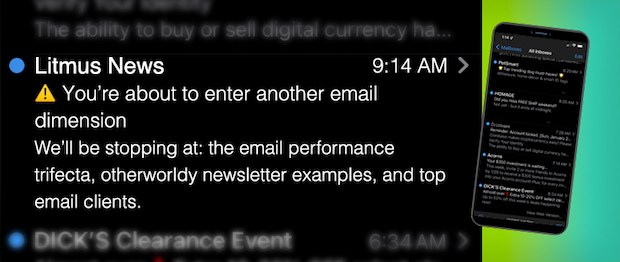
Employing Email Subject Line Best Practices
By following these email subject line best practices, your utility will set itself up to achieve increased open rates and click-through rates. In doing so, customer engagement will rise as customers look forward to receiving emails from your utility, knowing that they are receiving valuable and informative messages.

